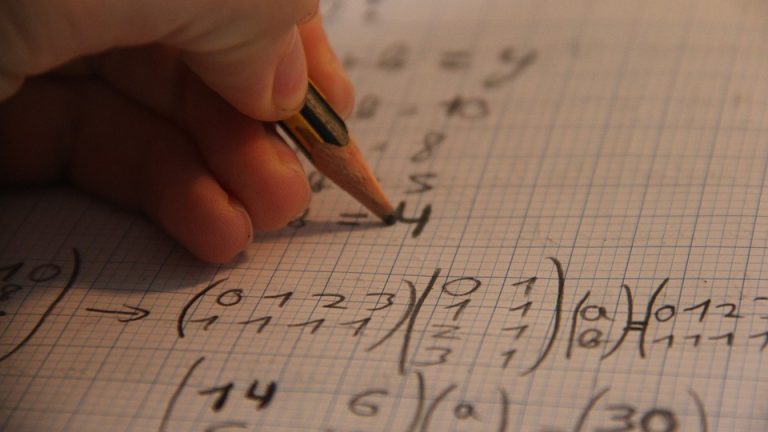Unlocking Math Brilliance: The Global Math Olympiad
The world is increasingly recognizing the importance of math skills, and nowhere is this more evident than in the annual International Math Olympiad (IMO). The IMO, a competitive math competition held for pre-university students, brings together the brightest young minds from across the globe to showcase their math skills, encourage collaboration, and develop the next generation of math leaders.
What is the IMO?
The International Math Olympiad is an annual competition where top mathematics students from around the world are selected to represent their countries. The event typically involves six problems, one on each of the following areas:
- Algebra
- Number theory
- Geometry
- Combinatorics
- Analysis (includes probability theory)
Each problem carries 10 points, and the country that wins the most points earns the championship.
History and Reach
The IMO has its roots dating back to 1959 when Hungary first held a national math competition. Today, the IMO is one of the largest and most prestigious math competitions worldwide, attracting around 600 teams and 600,000 students from over 100 countries.
Countries from all corners of the world take part in the competition, from Argentina to Vietnam. Students range from 15 to 19 years old and hail from diverse backgrounds, representing urban, rural, and even marginalized communities. Despite these differences, math unity shines through as competitors set aside cultural and linguistic barriers to challenge and learn from each other.
Competition Structure
The competition follows a double-elimination bracket structure:
- First round: Students are divided into pairs and solve the first 3 problems on paper within 2.5 hours. Problems get progressively harder, testing candidates on their problem-solving skills.
- Second round: A final 3 problems are distributed within 2.5 hours, ensuring all students have an equal opportunity to display their skills.
- Solve-off: Teams or countries with the same number of correct answers are sent to a ‘tiebreaker’ round where only a set of specific questions from past problems are solved to break the deadlock.
- Awards ceremony: Winners are awarded with prizes and honored for their achievements.
Preparatory Efforts
Teams work intensively to prepare for the competition. Their journey begins long before the olympiad, with coaches providing problem-solving sessions, guidance on different techniques, and mentoring from past competitors. This teamwork instills valuable lessons: strategy, perseverance, and confidence building. Some countries, such as Japan and China, take months preparing for the event.
Notable Achievements and Inspiration
The IMO has produced a slew of esteemed mathematicians, including Fields Medal laureates and prominent researchers in academia and industry. Notable successes include:
- Ramanujan, ‘The Man Who Knew Infinity’: India’s Bhaskaracharya Prasanna Pai became one of the first Indians to solve IMO problems, paving the way for more representations from the country.
- IMO gold medal winners in their 20s: Outcomes like these remind students of their potential and inspire new generations.
The IMO has also received significant global recognition, with governments, NGOs, and educational institutions sponsoring participating students and teams.
Future Outlook and Lessons Learned
As we navigate a rapidly changing world, it becomes clearer that math skills are more critical than ever. The IMO showcases a path toward math literacy and prepares future thinkers for the challenges ahead.
Beyond competitions, the IMO cultivates camaraderie, language exchange, and cultural understanding among young participants from around the world. Coaches’ dedication and students’ tireless practice exemplify the Olympian values of perseverance and the love of mathematics.
Conclusion
In this globally interconnected world, math remains the backbone of innovation, problem-solving, and future successes. The International Math Olympiad exemplifies the power of math and international unity among young minds. With growing accessibility and recognition, it sets an inspiring stage for generations of brilliant mathematicians to follow, forging lasting connections and shaping a better, more mathematically sophisticated tomorrow.
